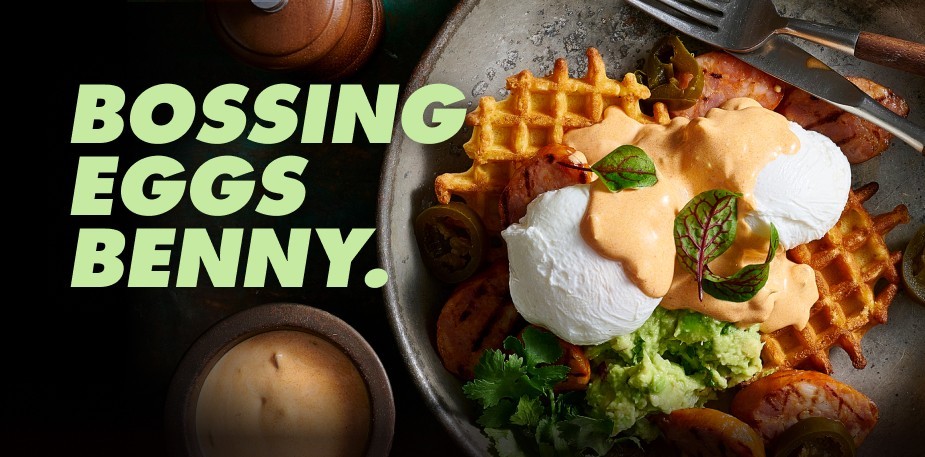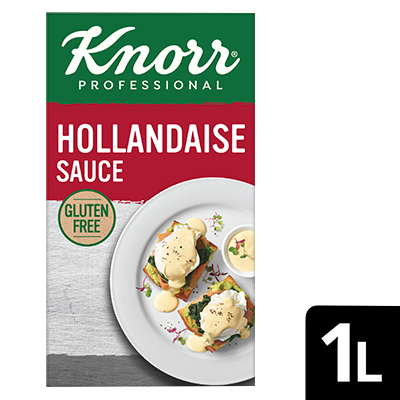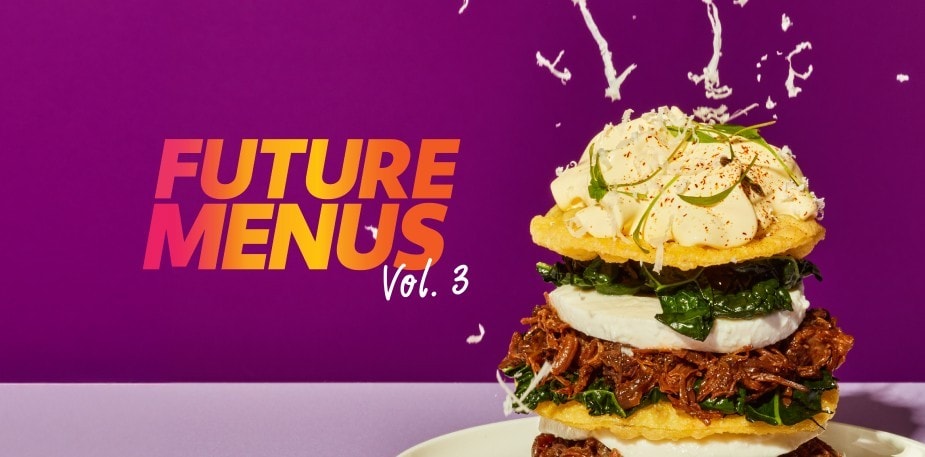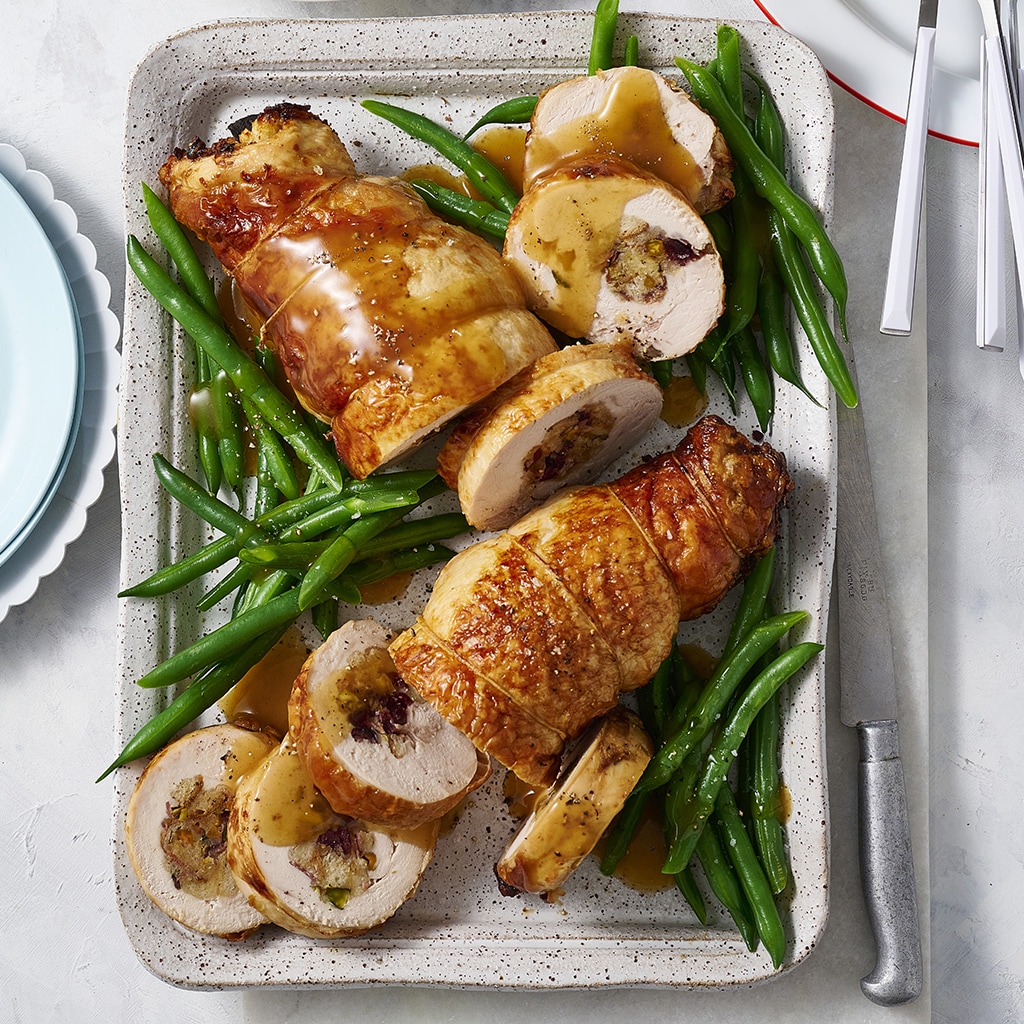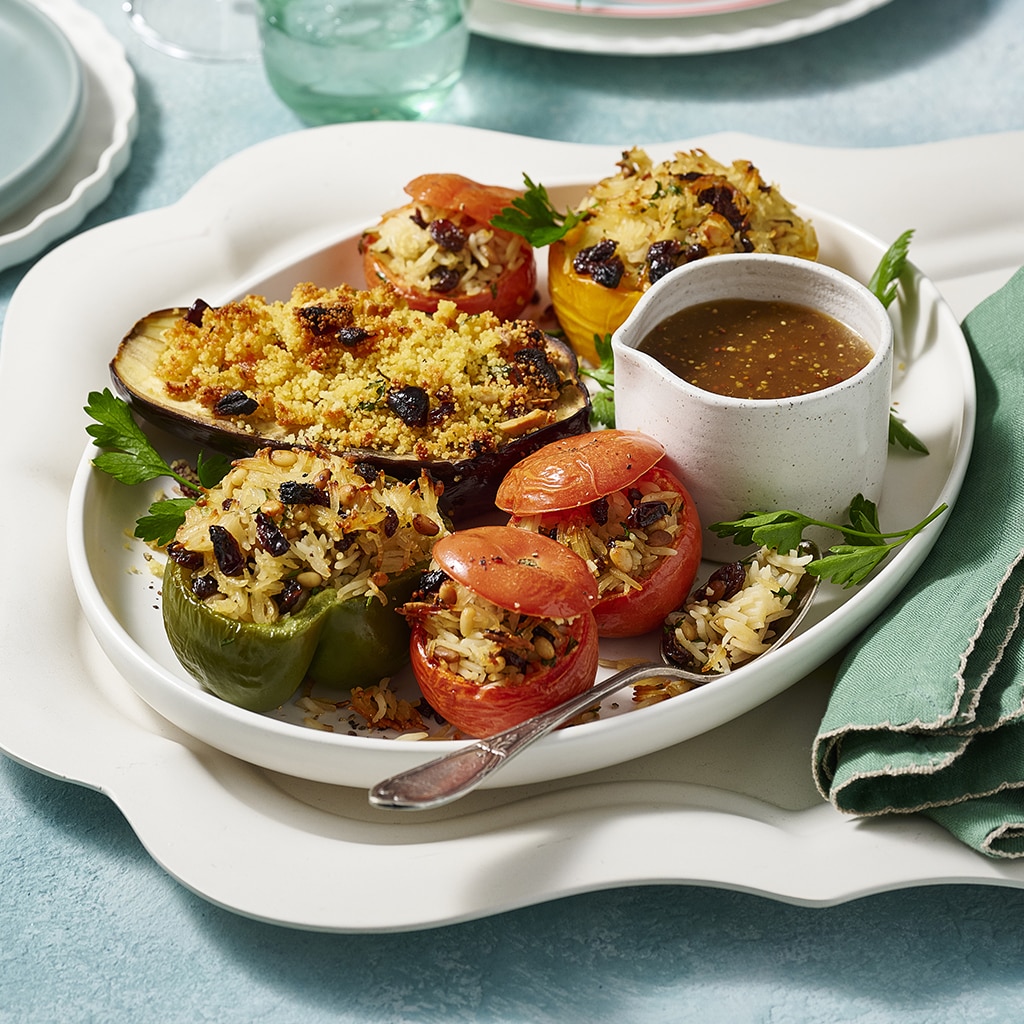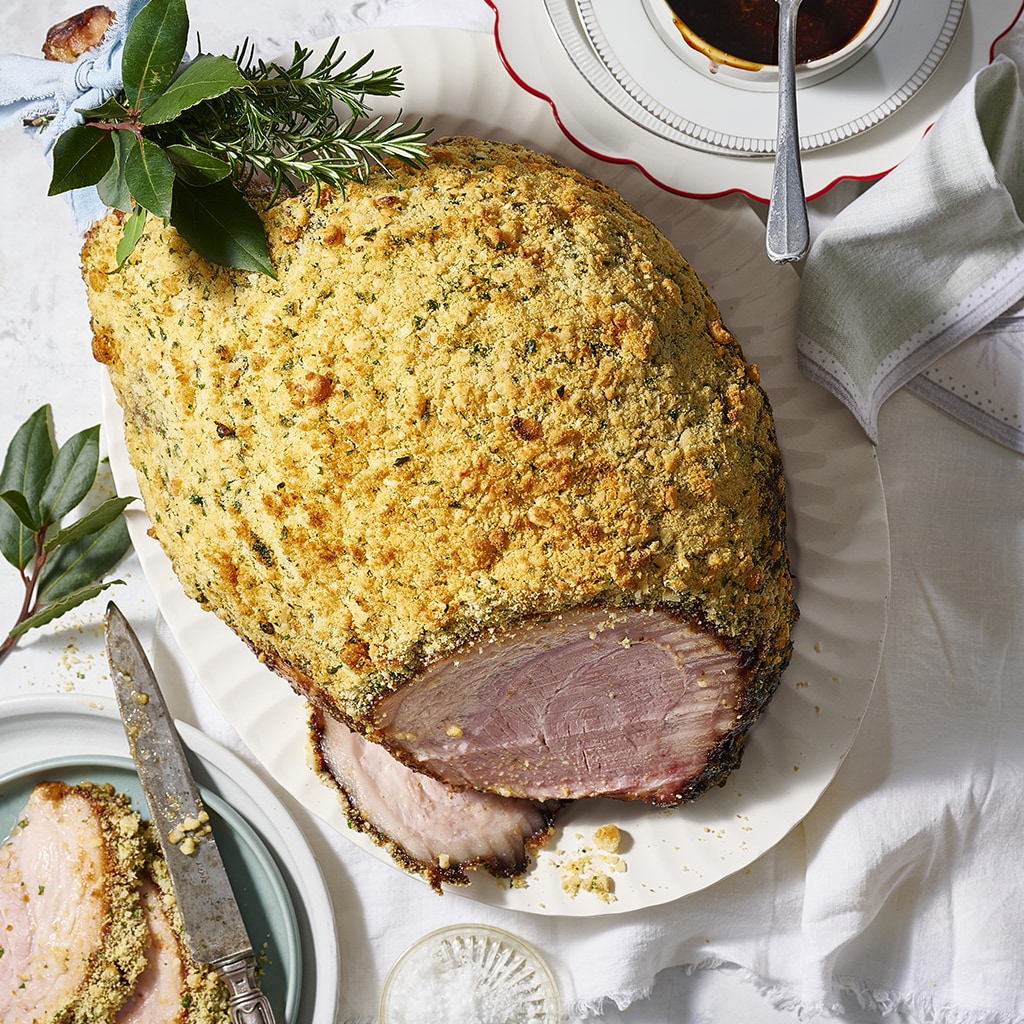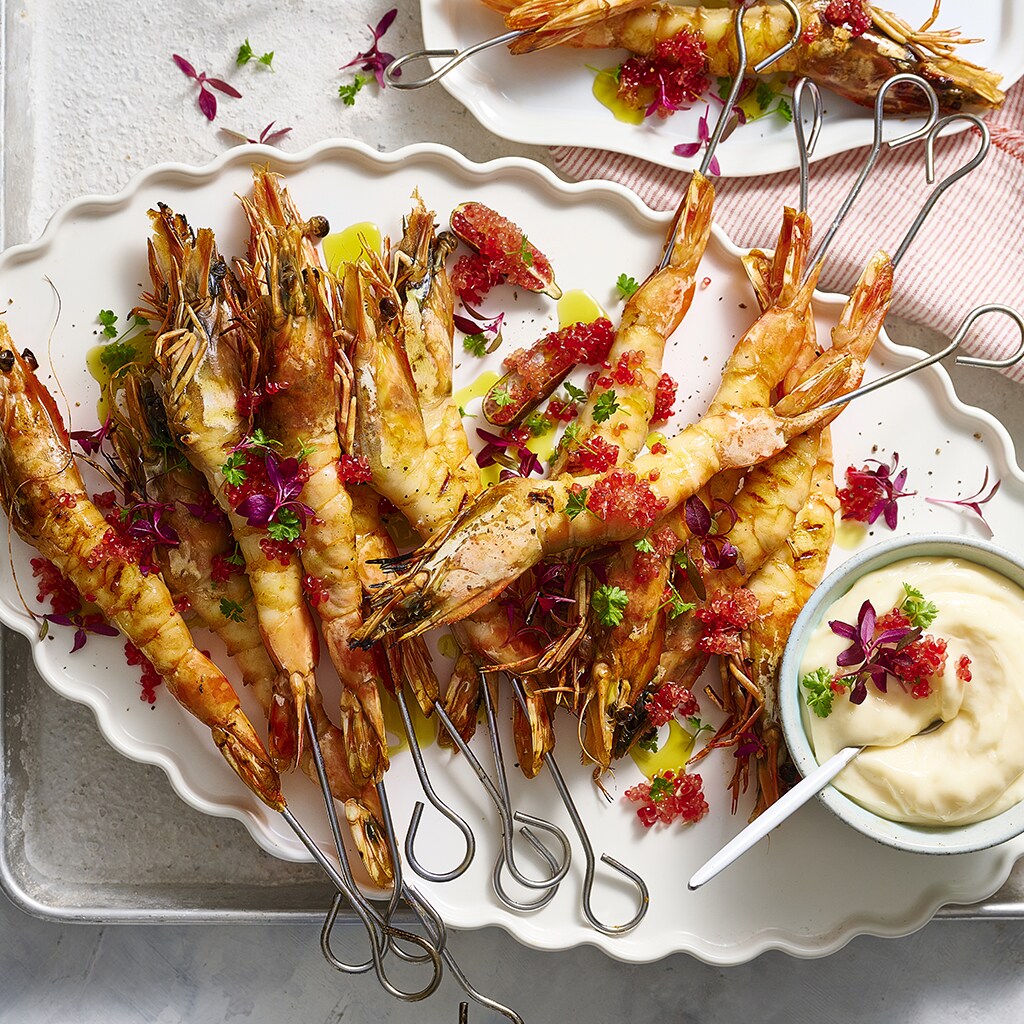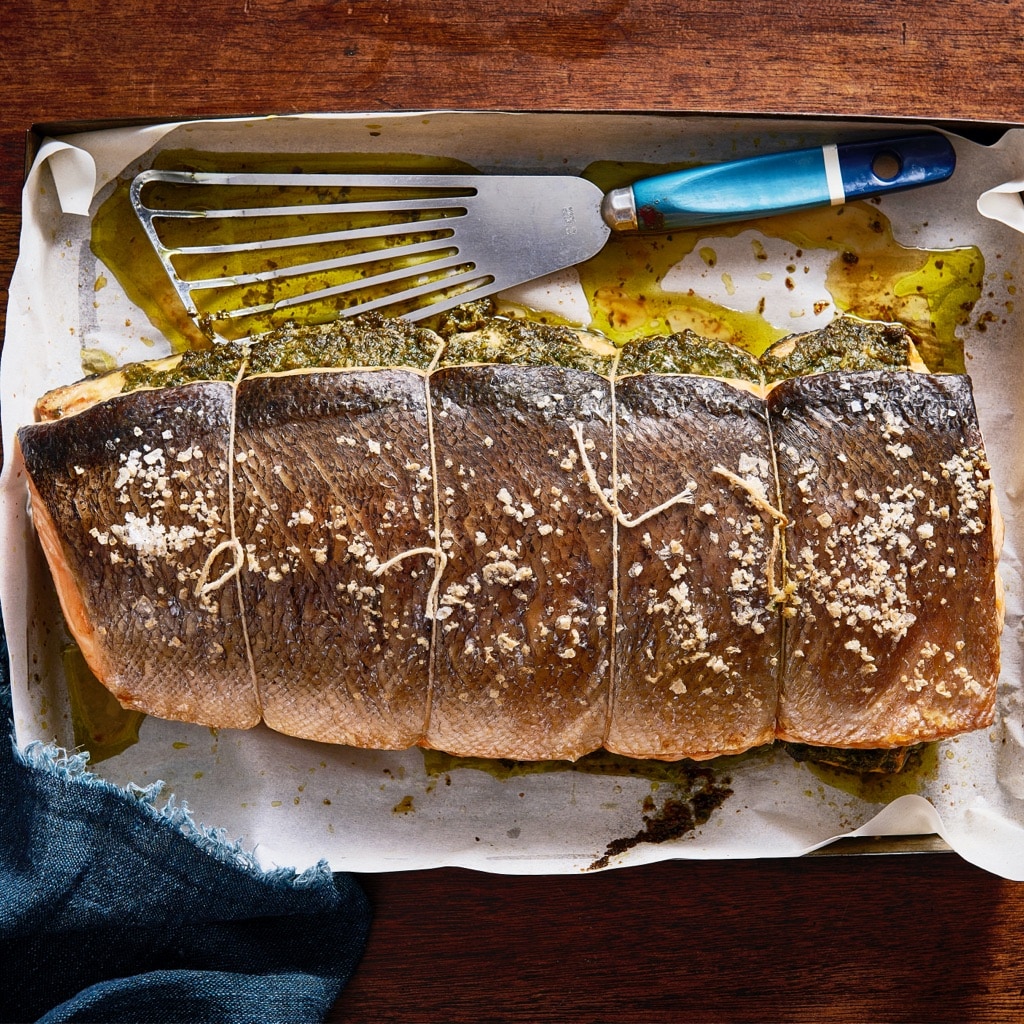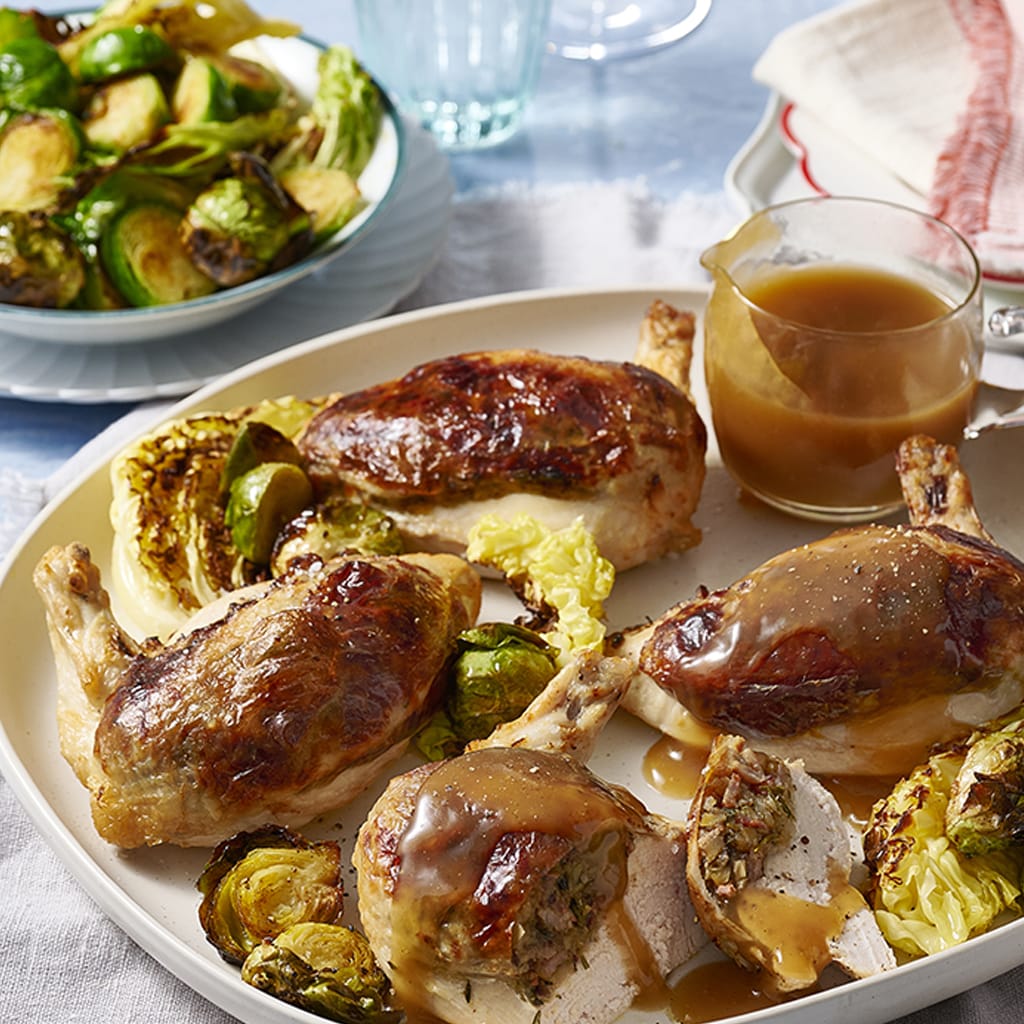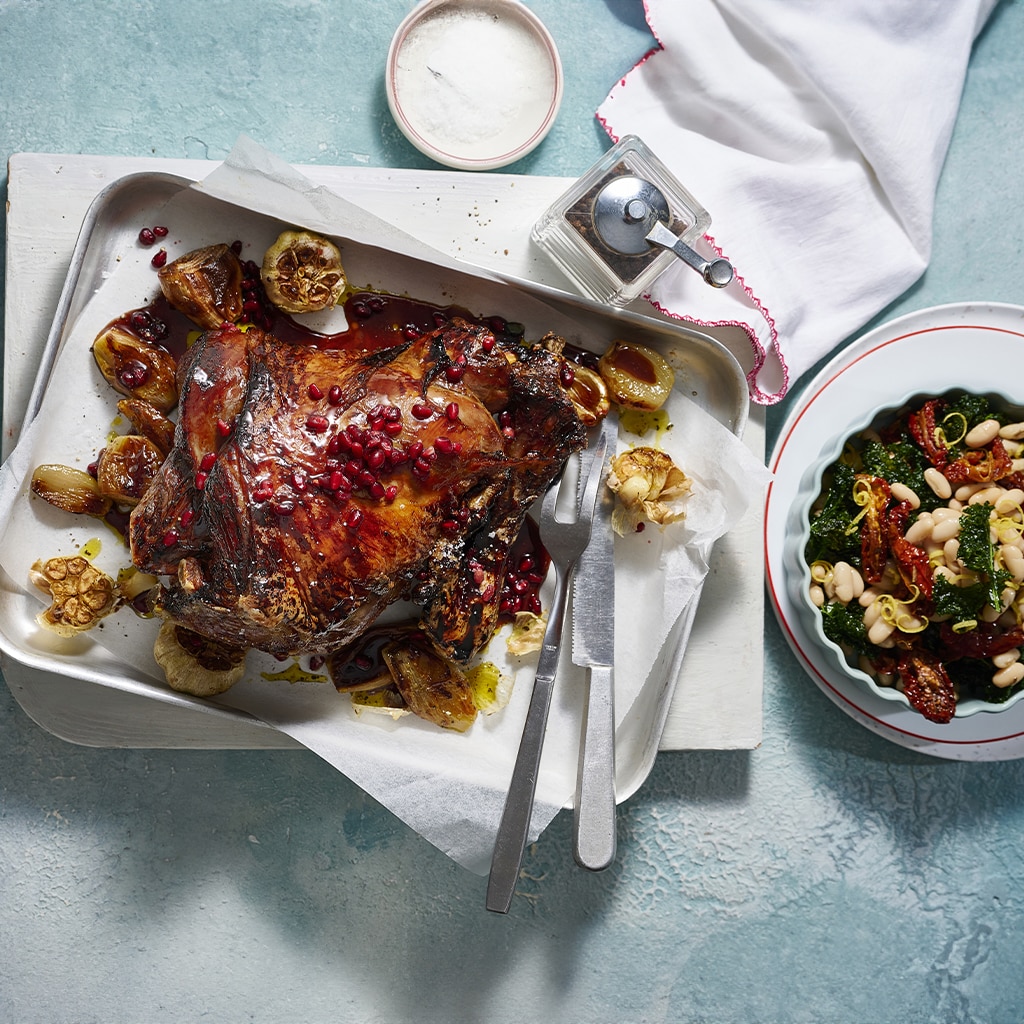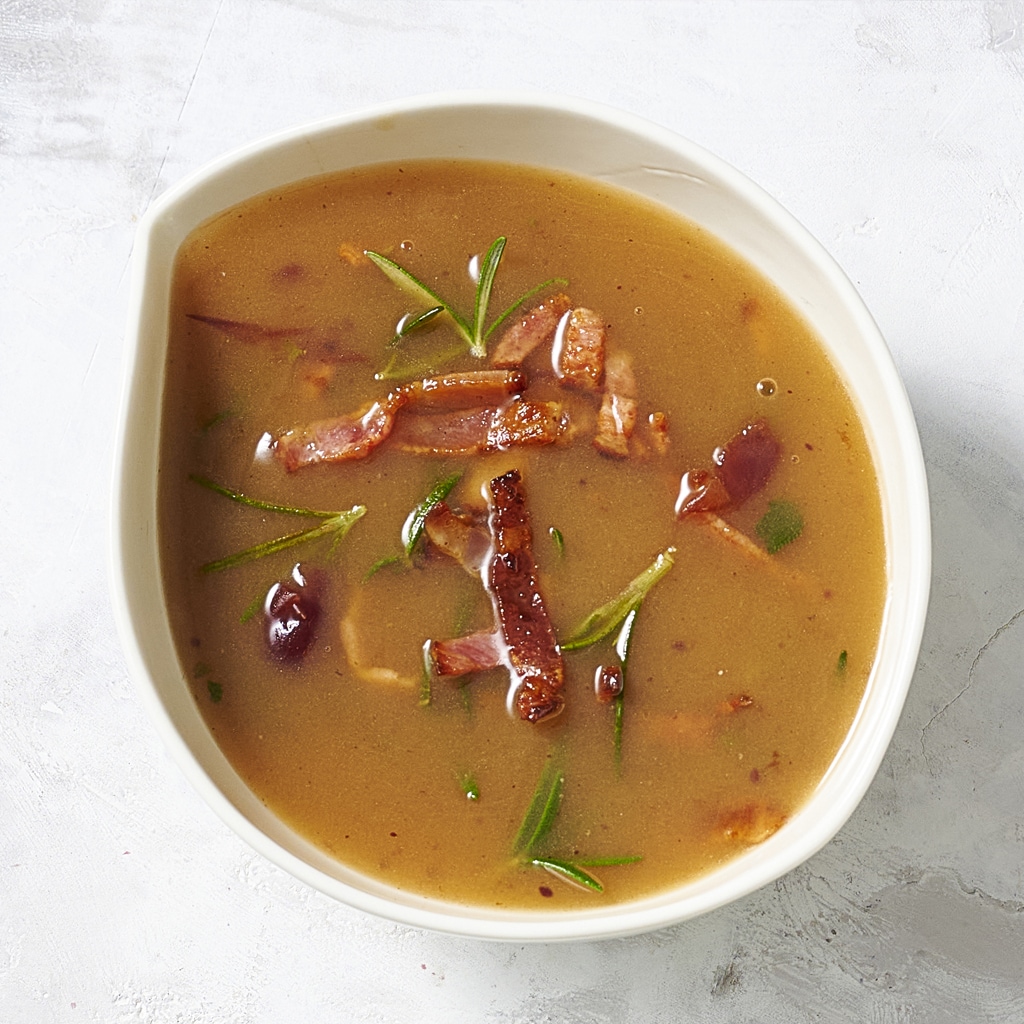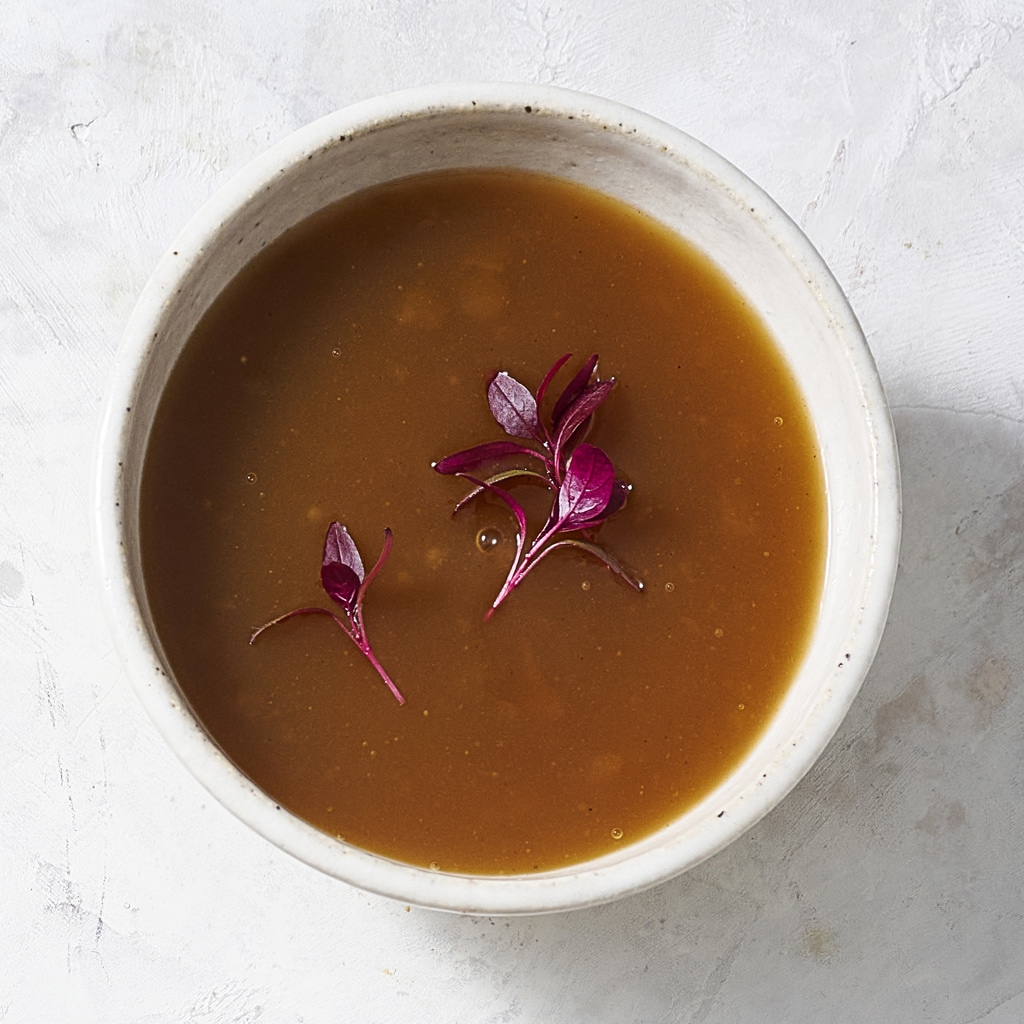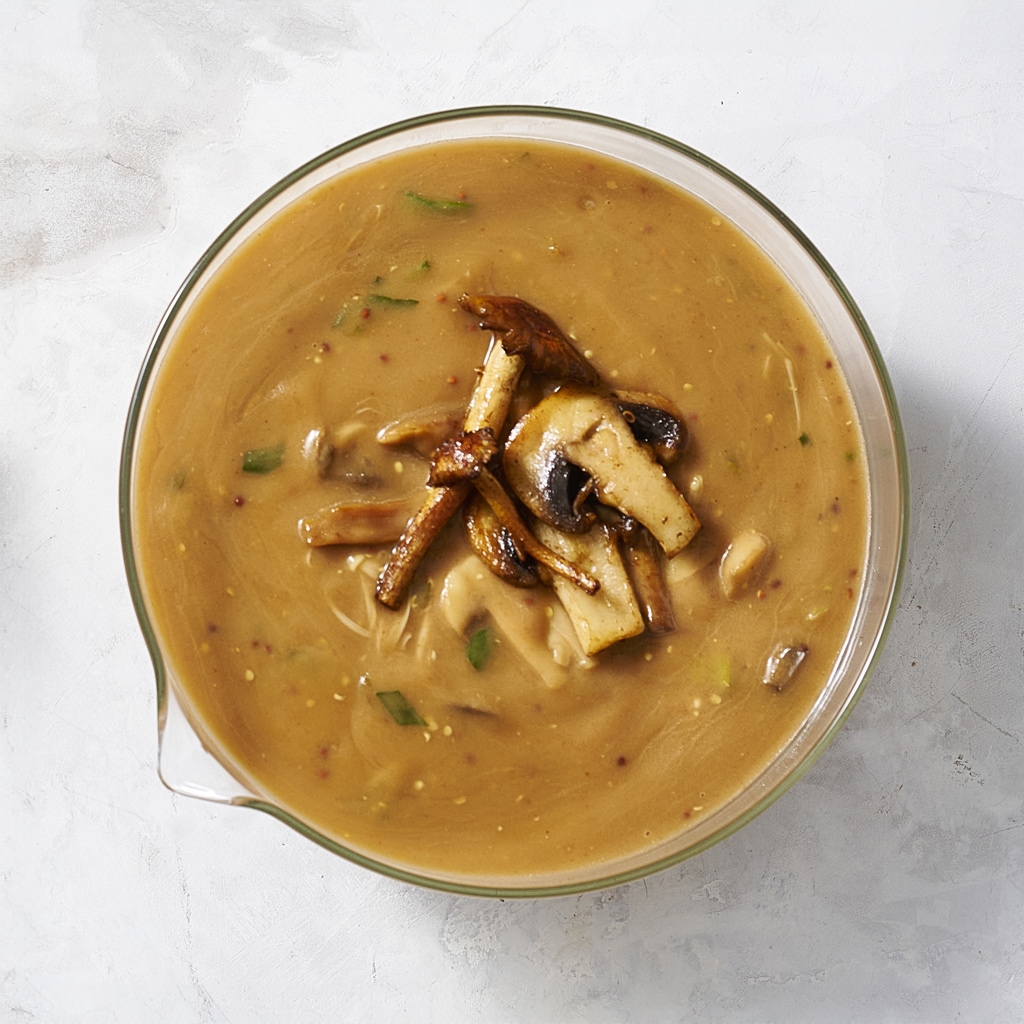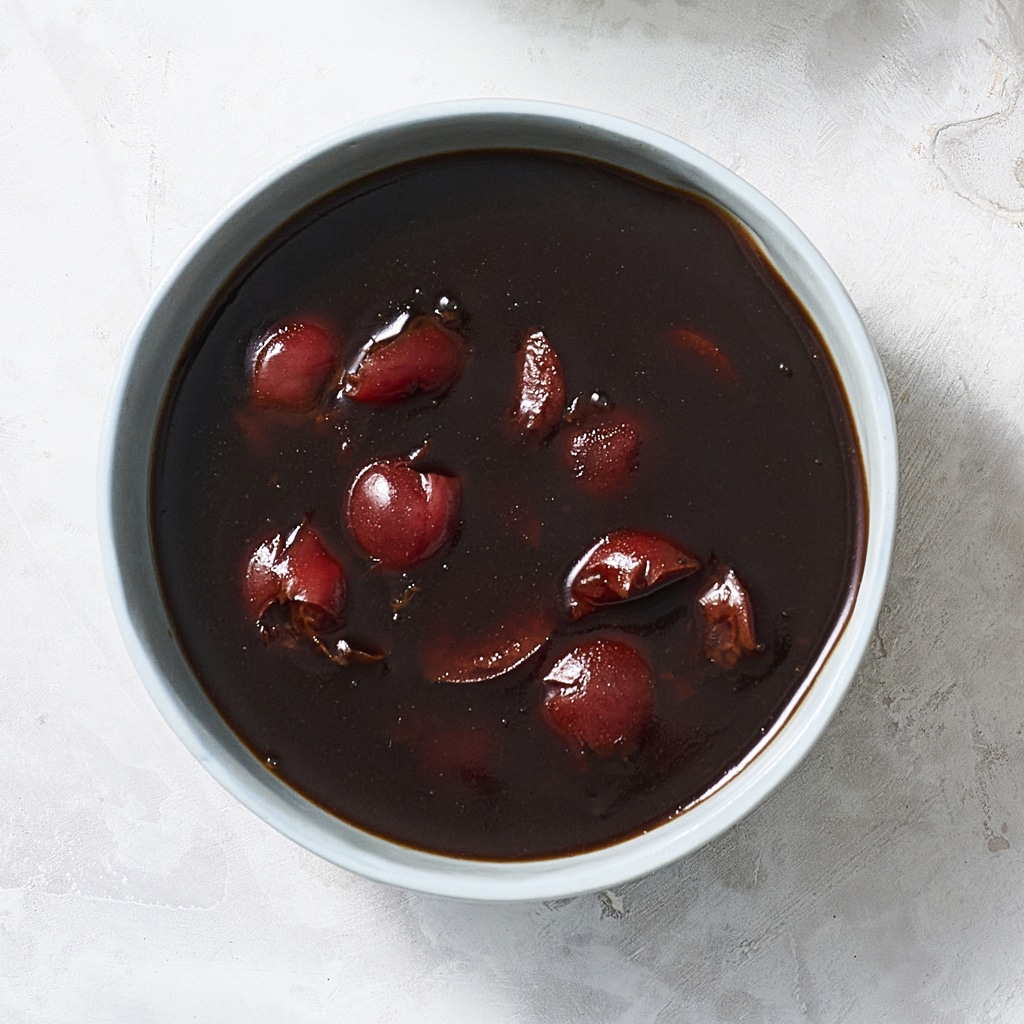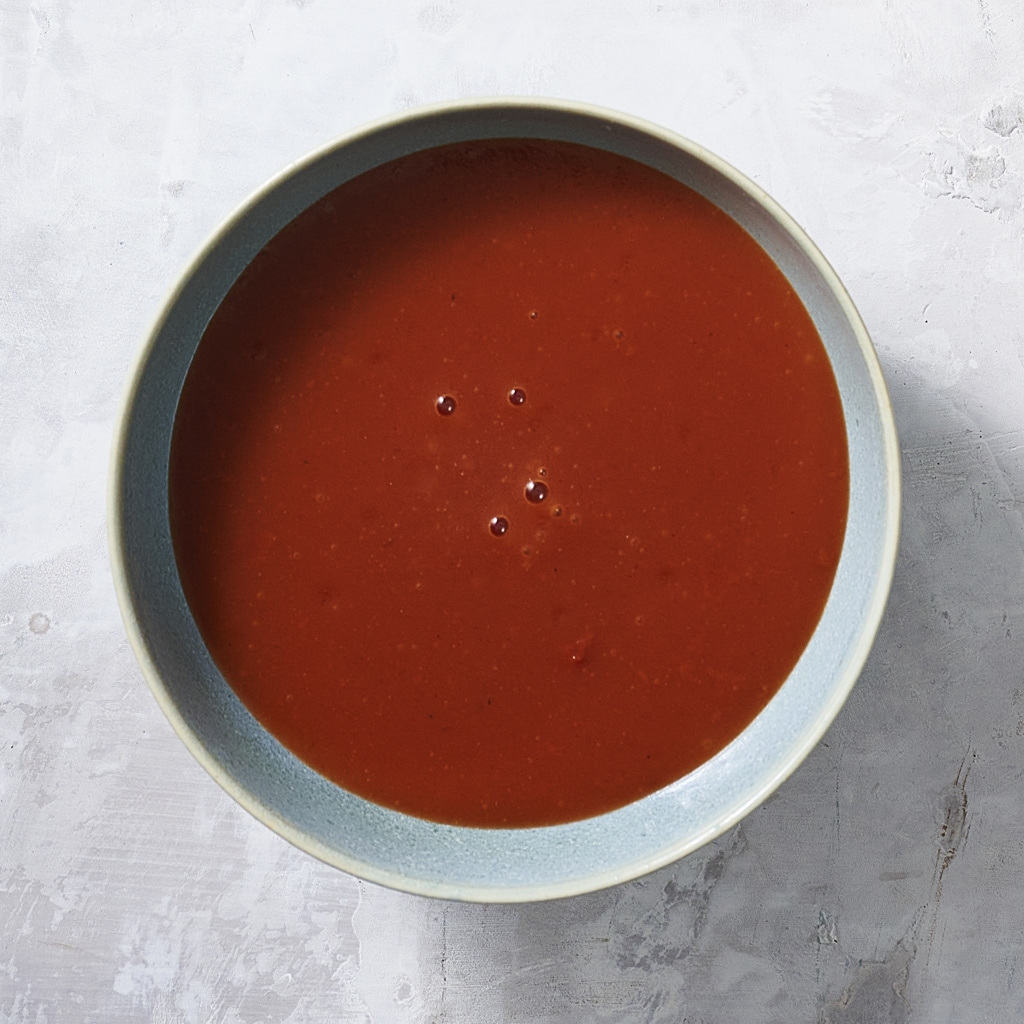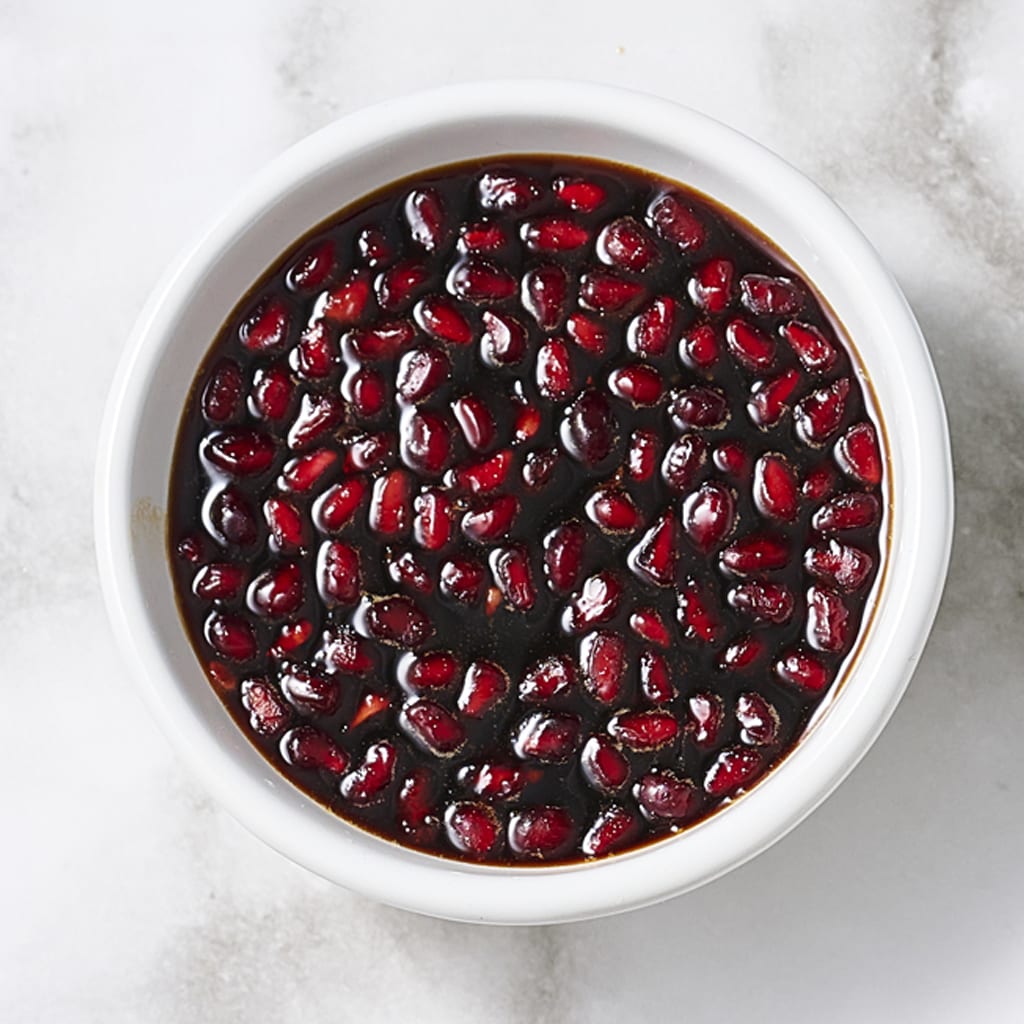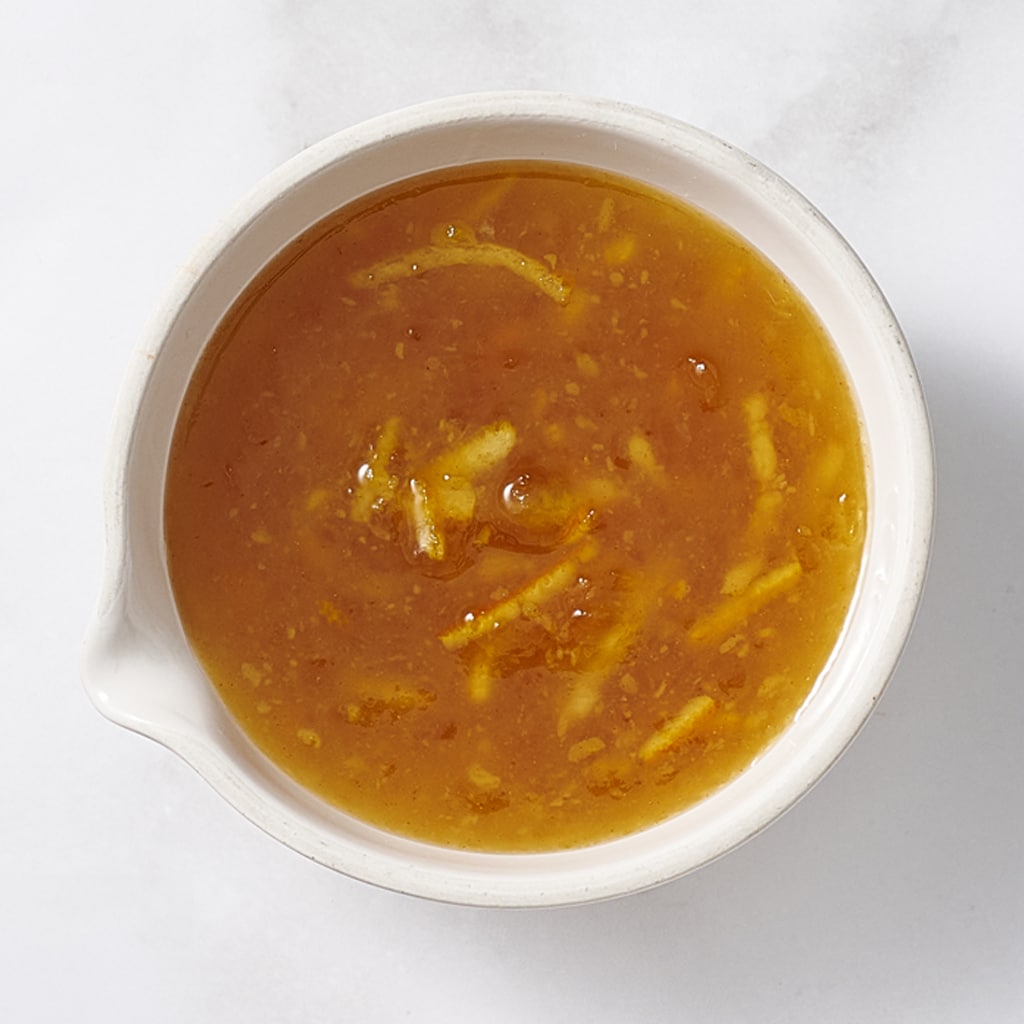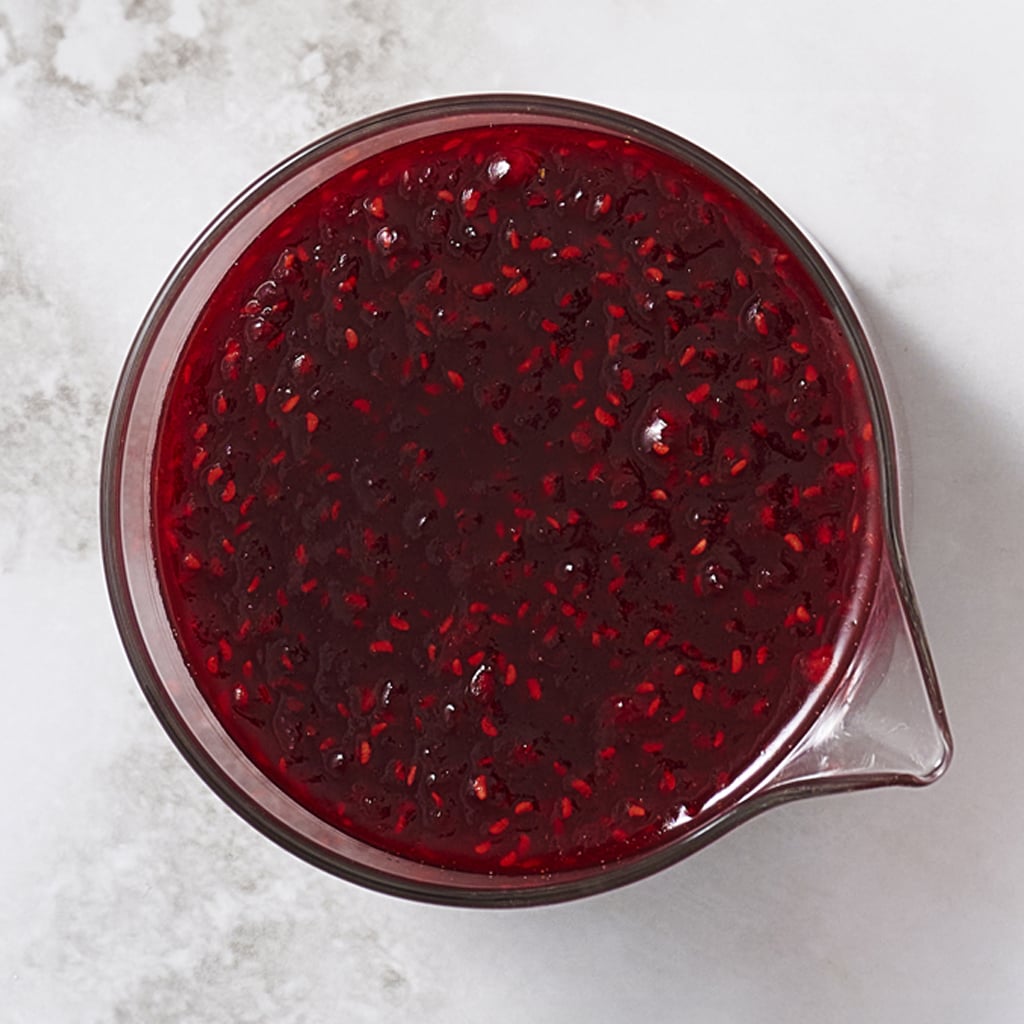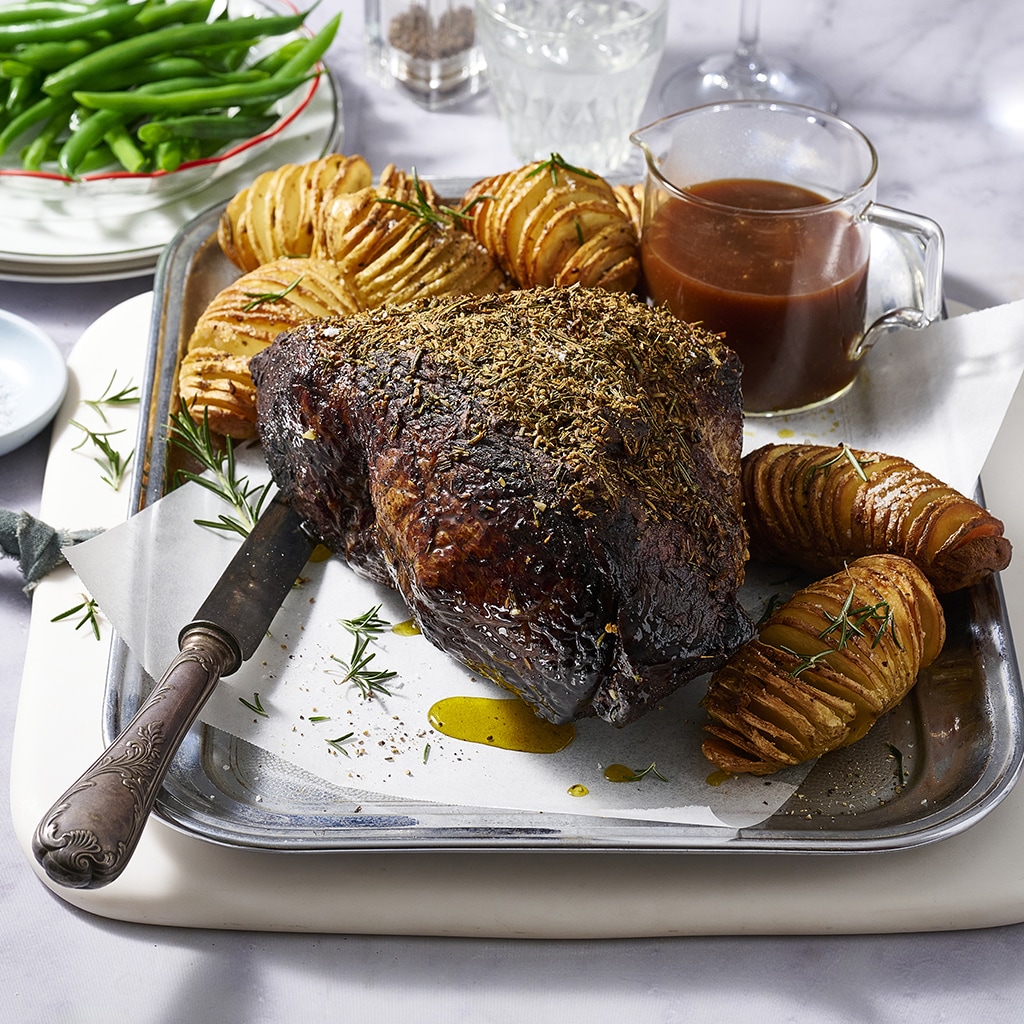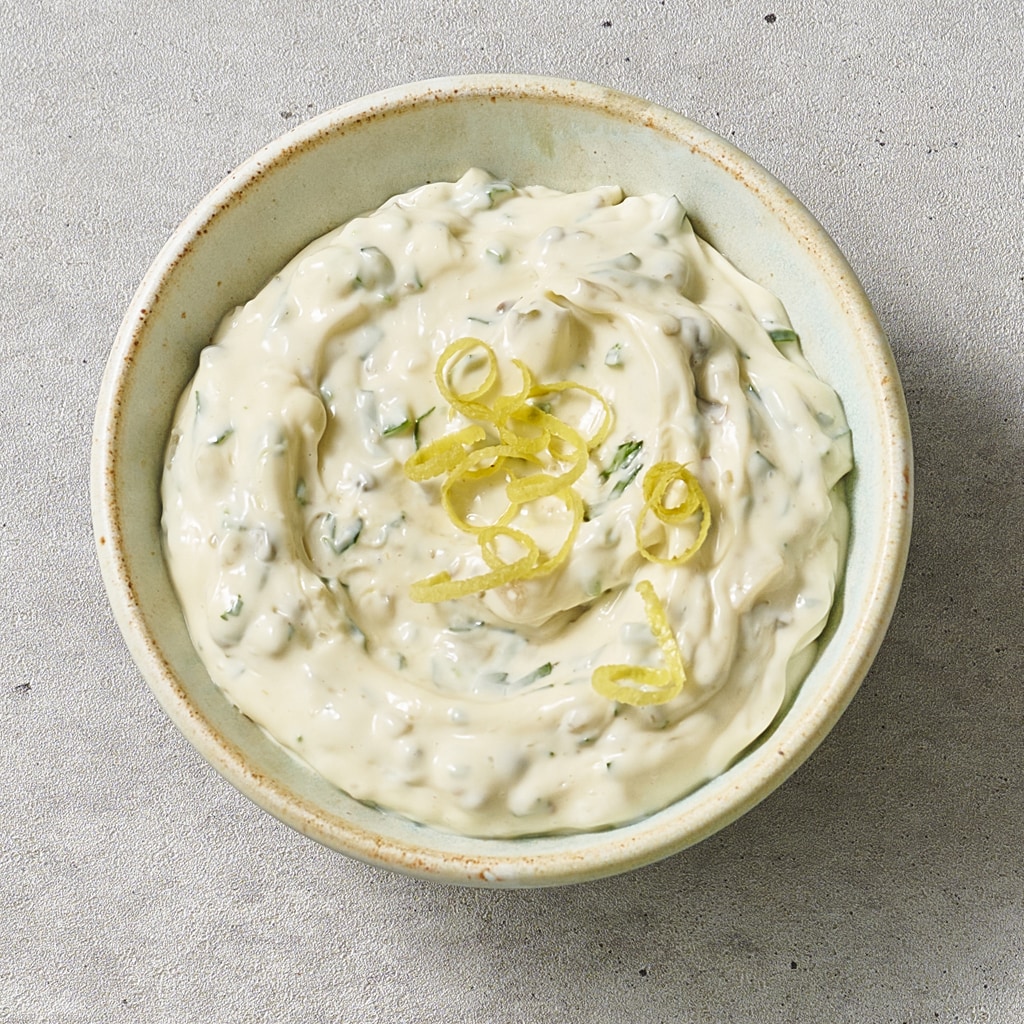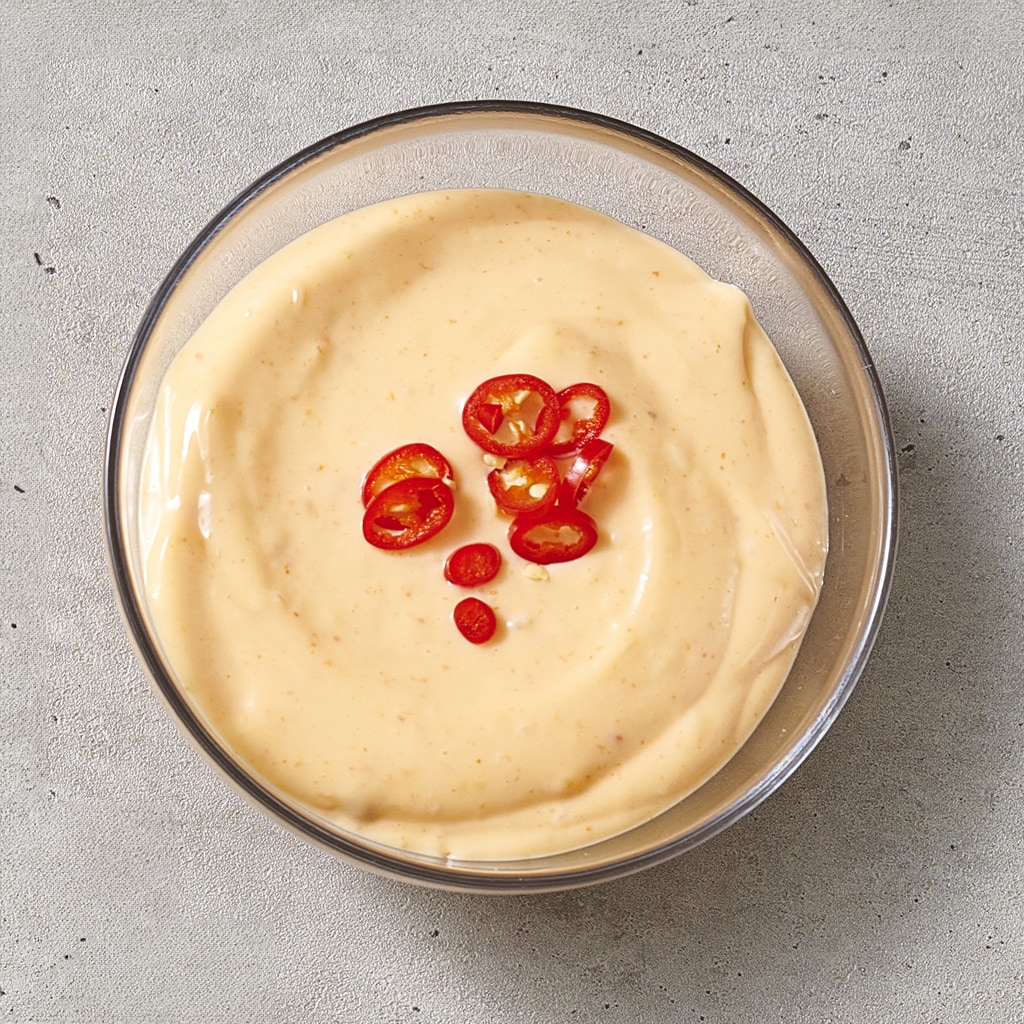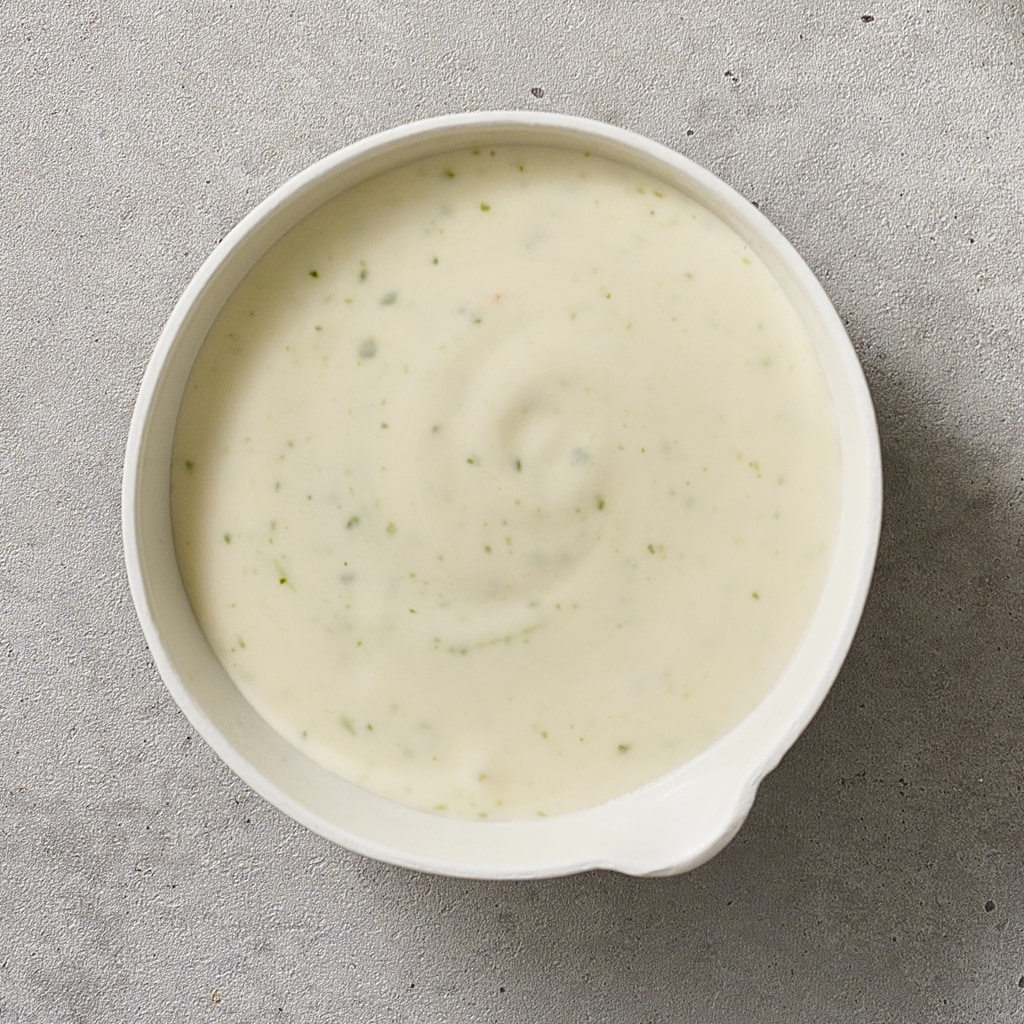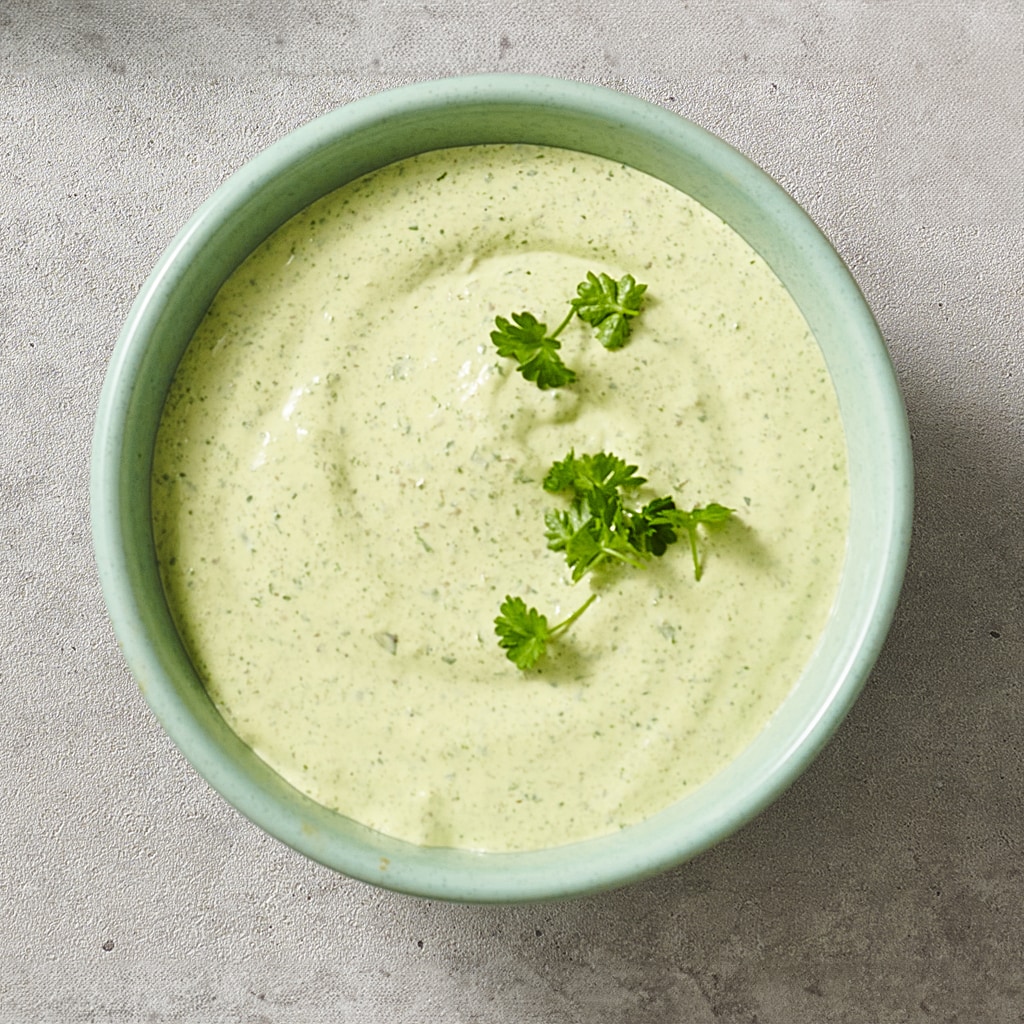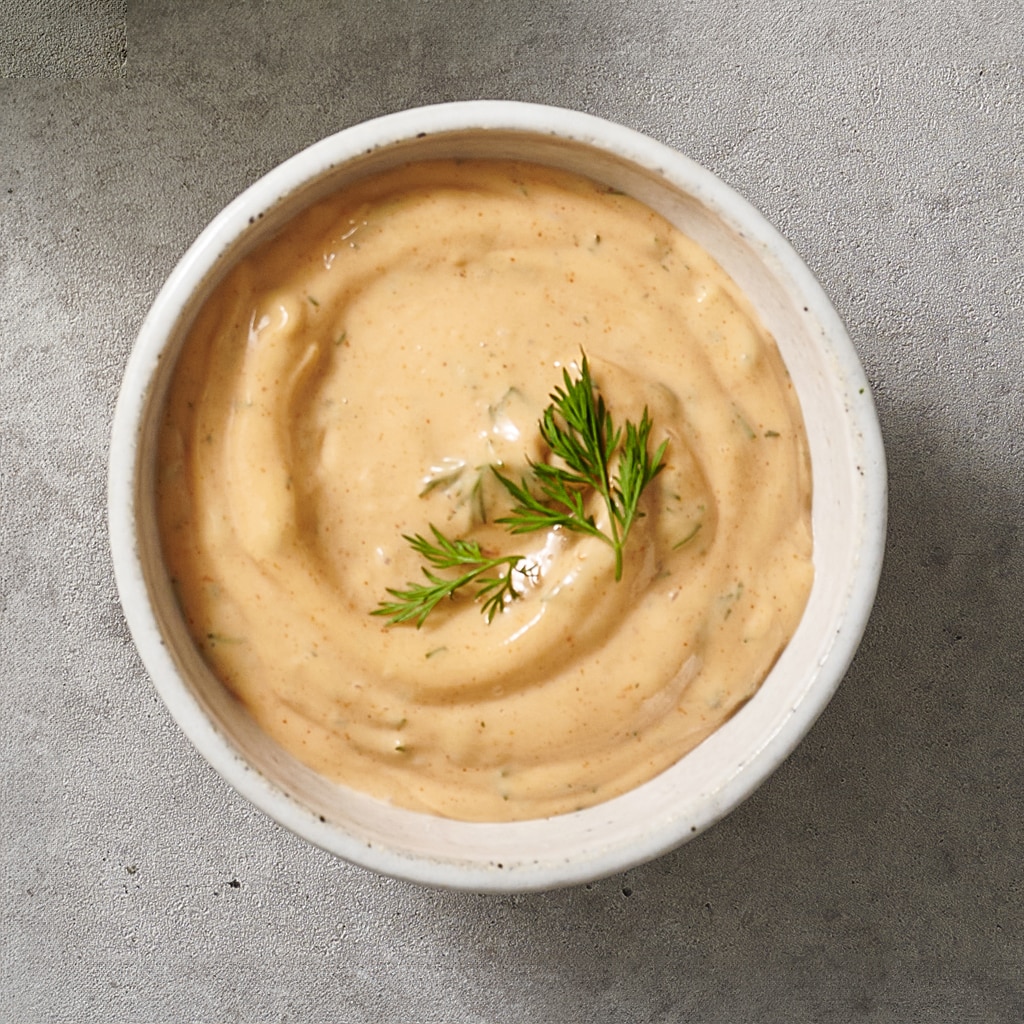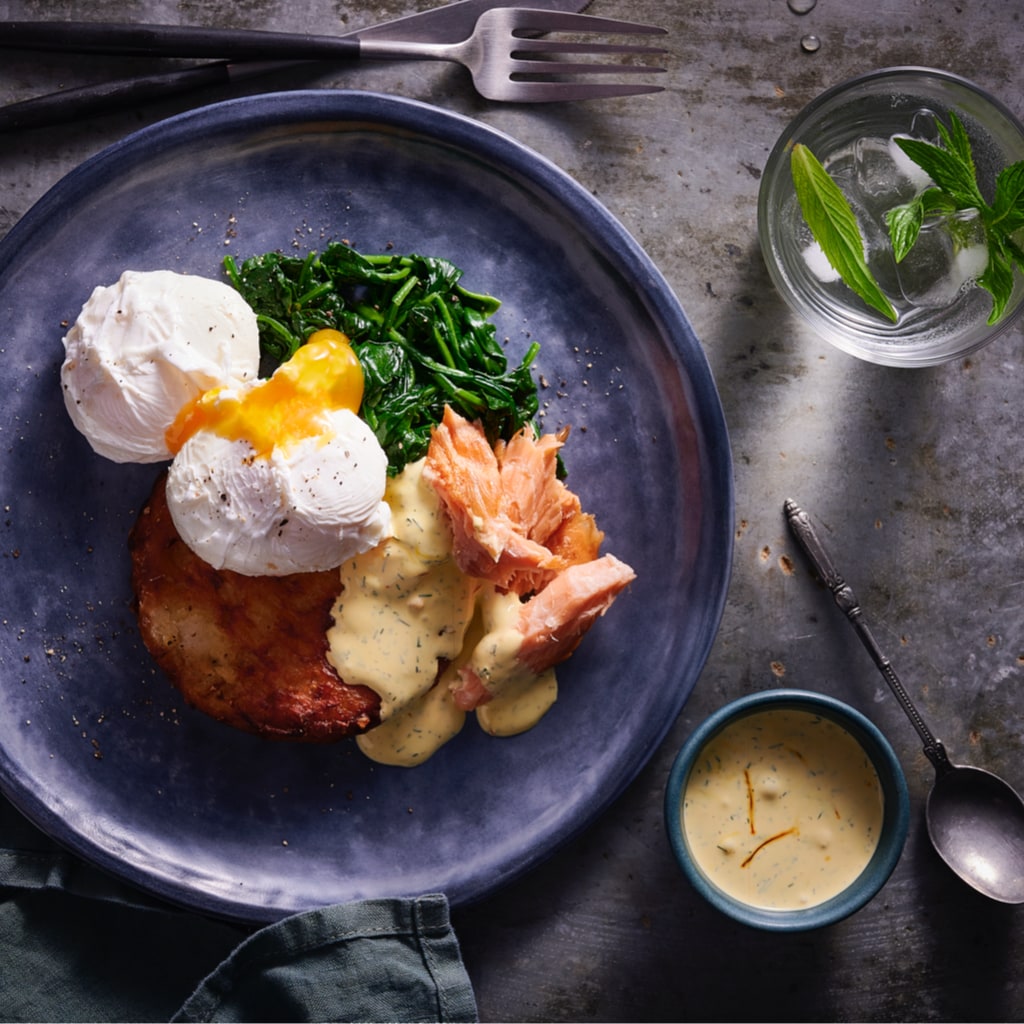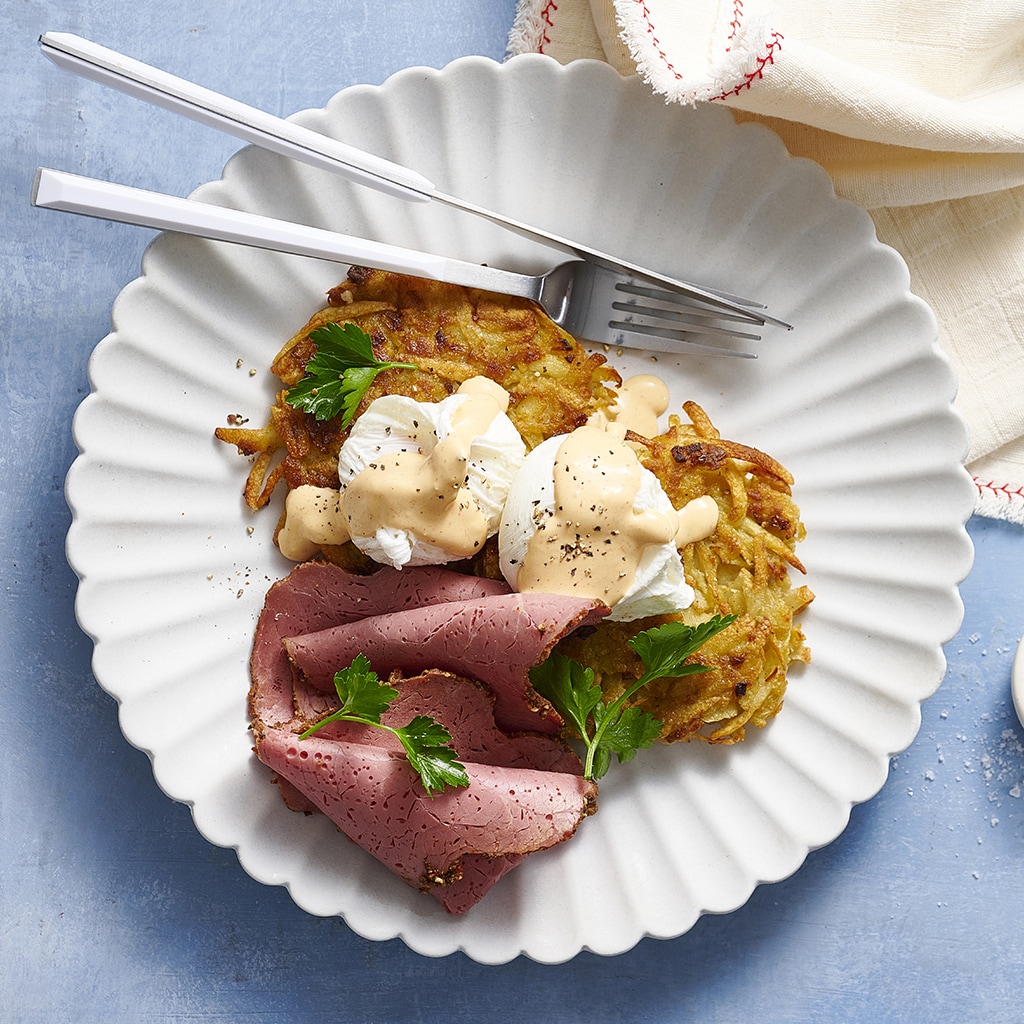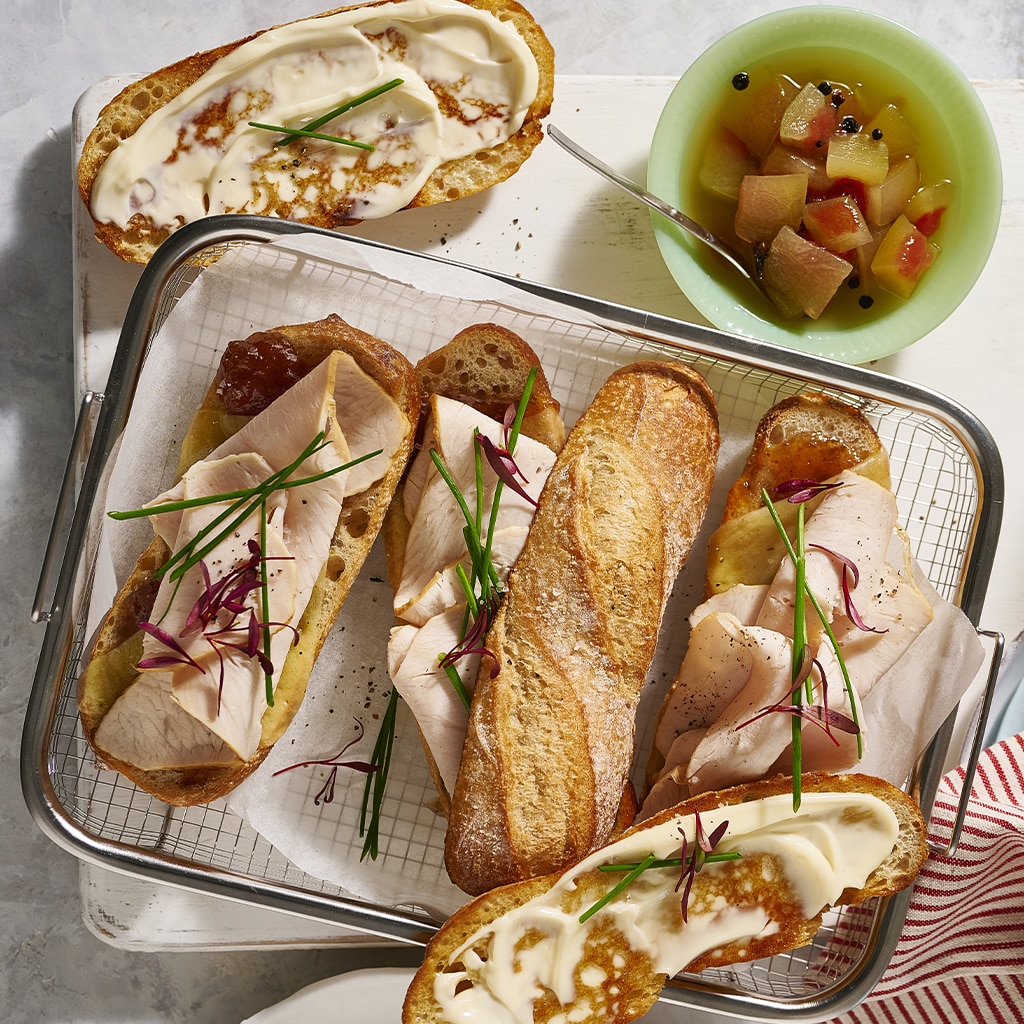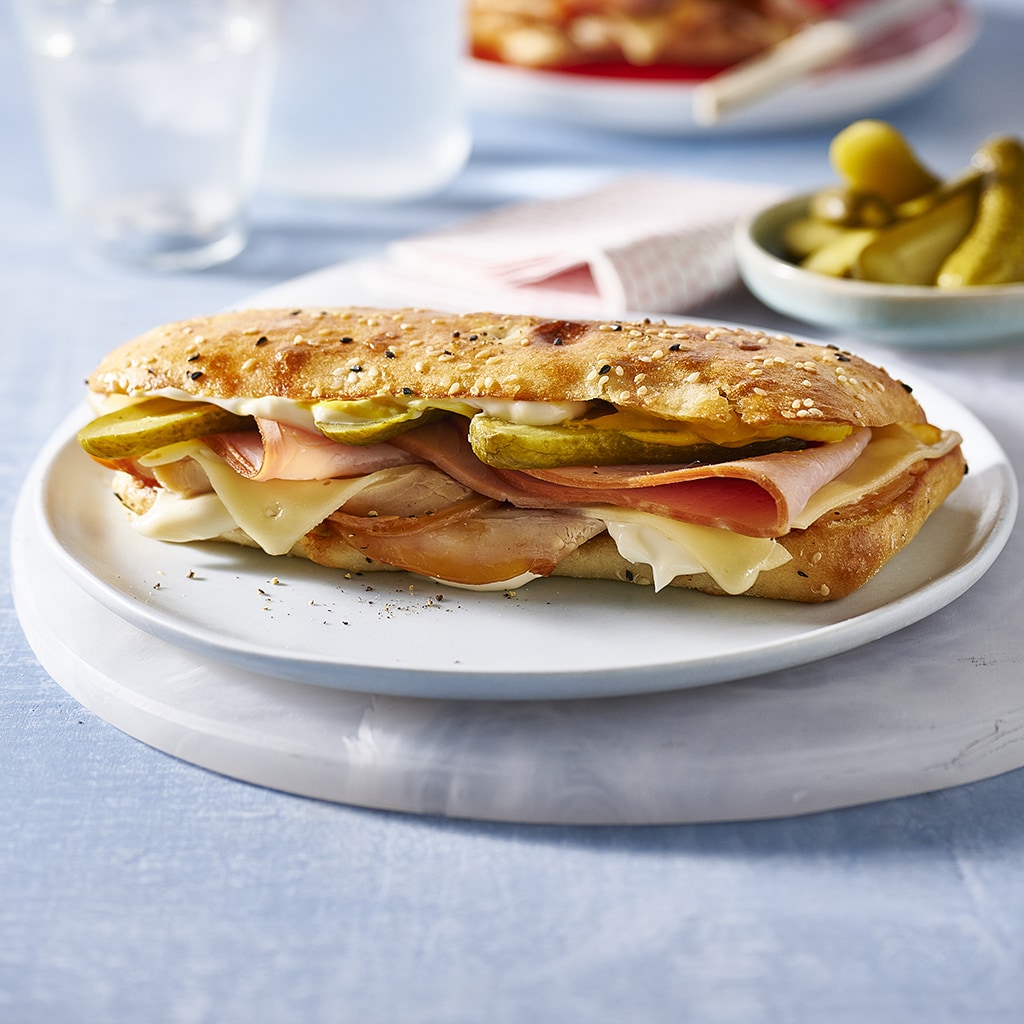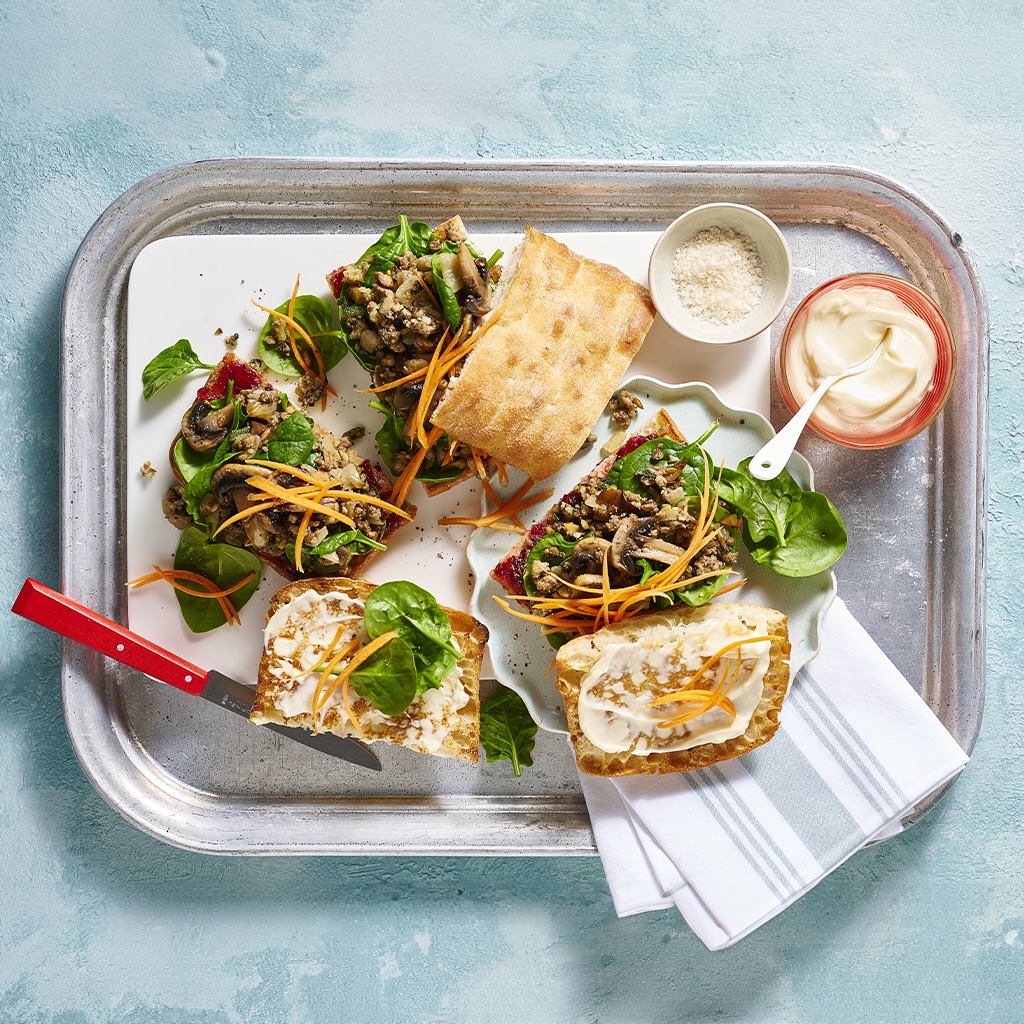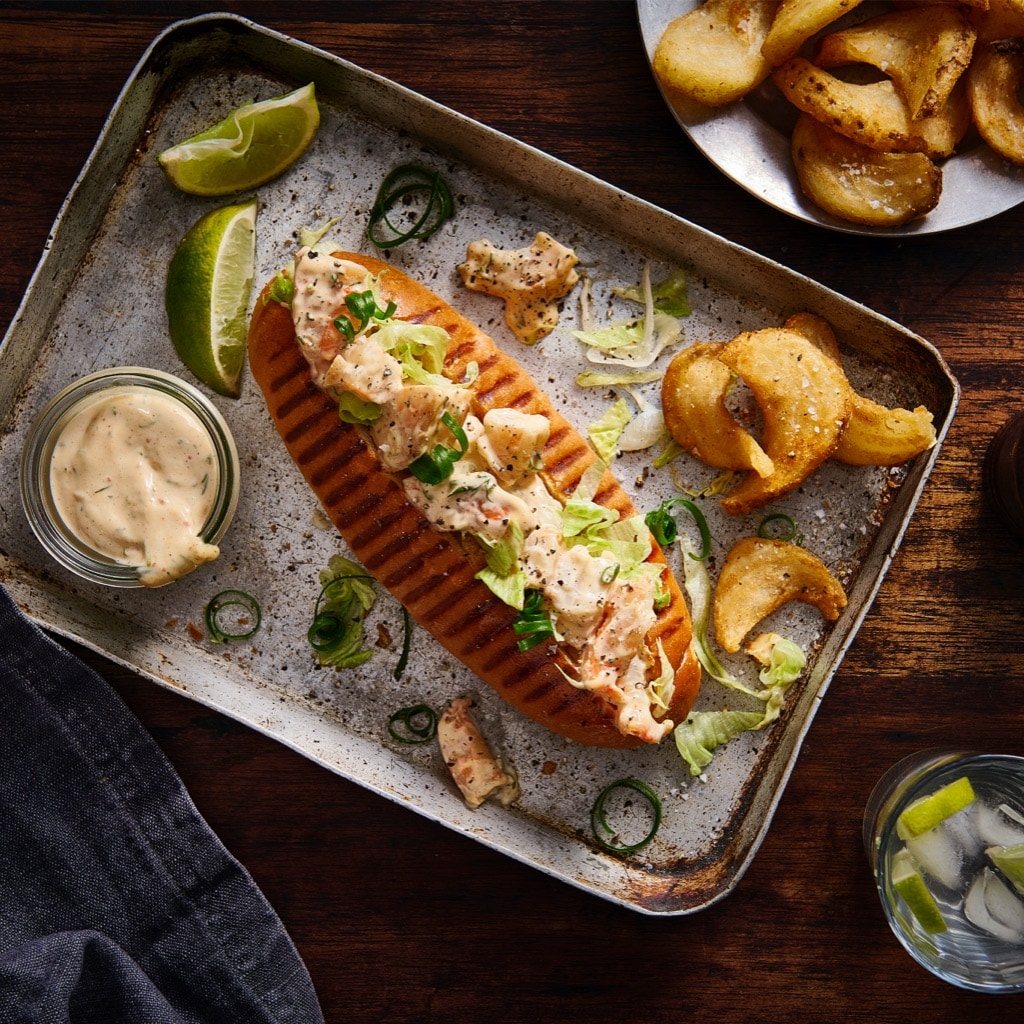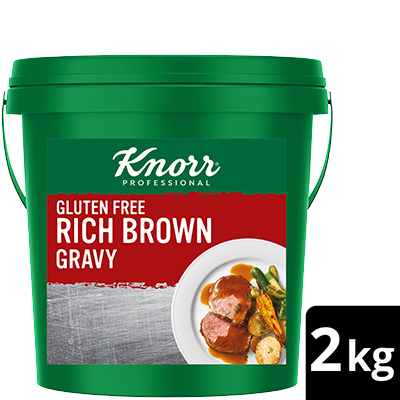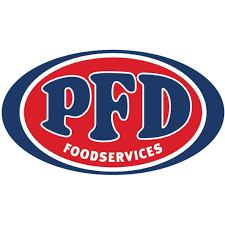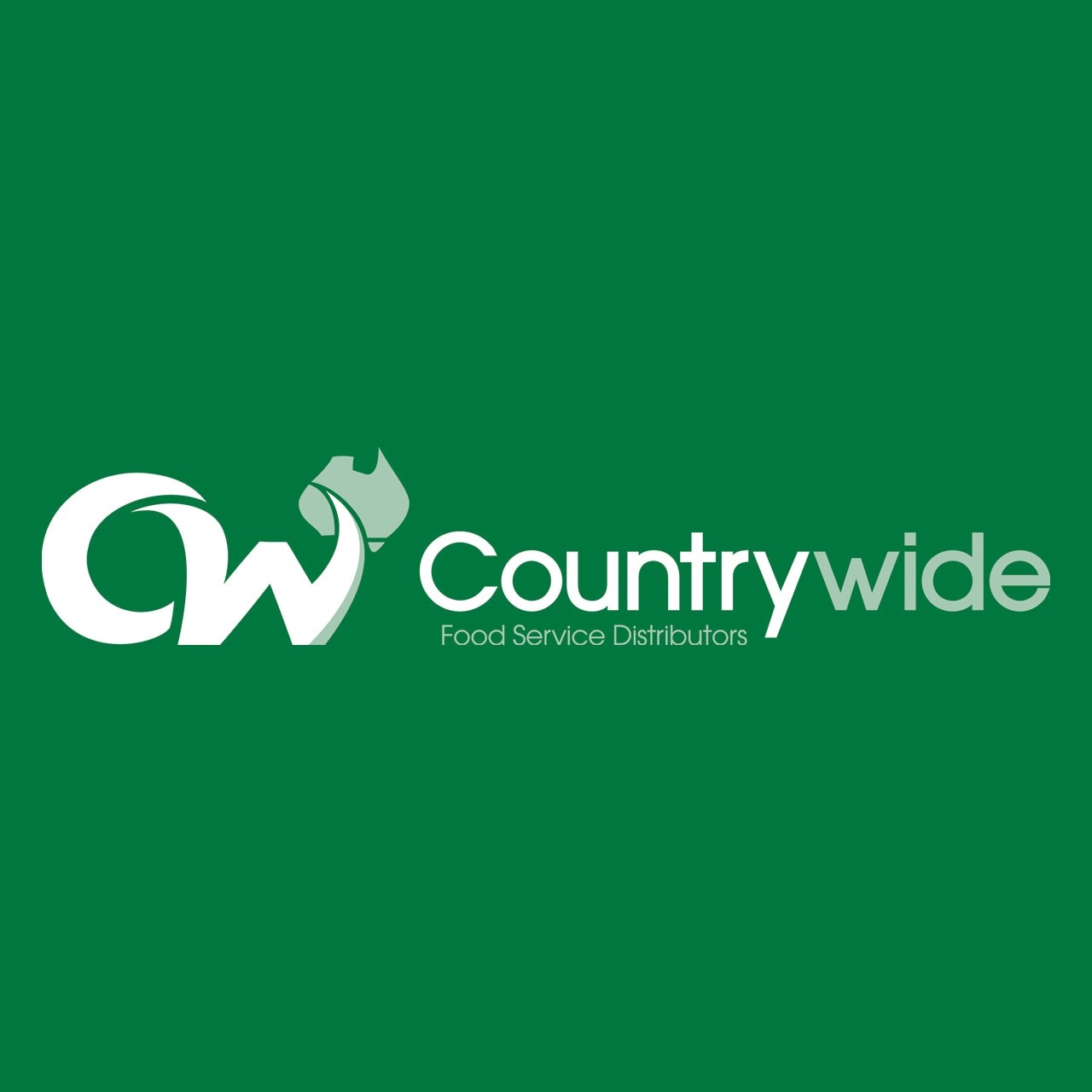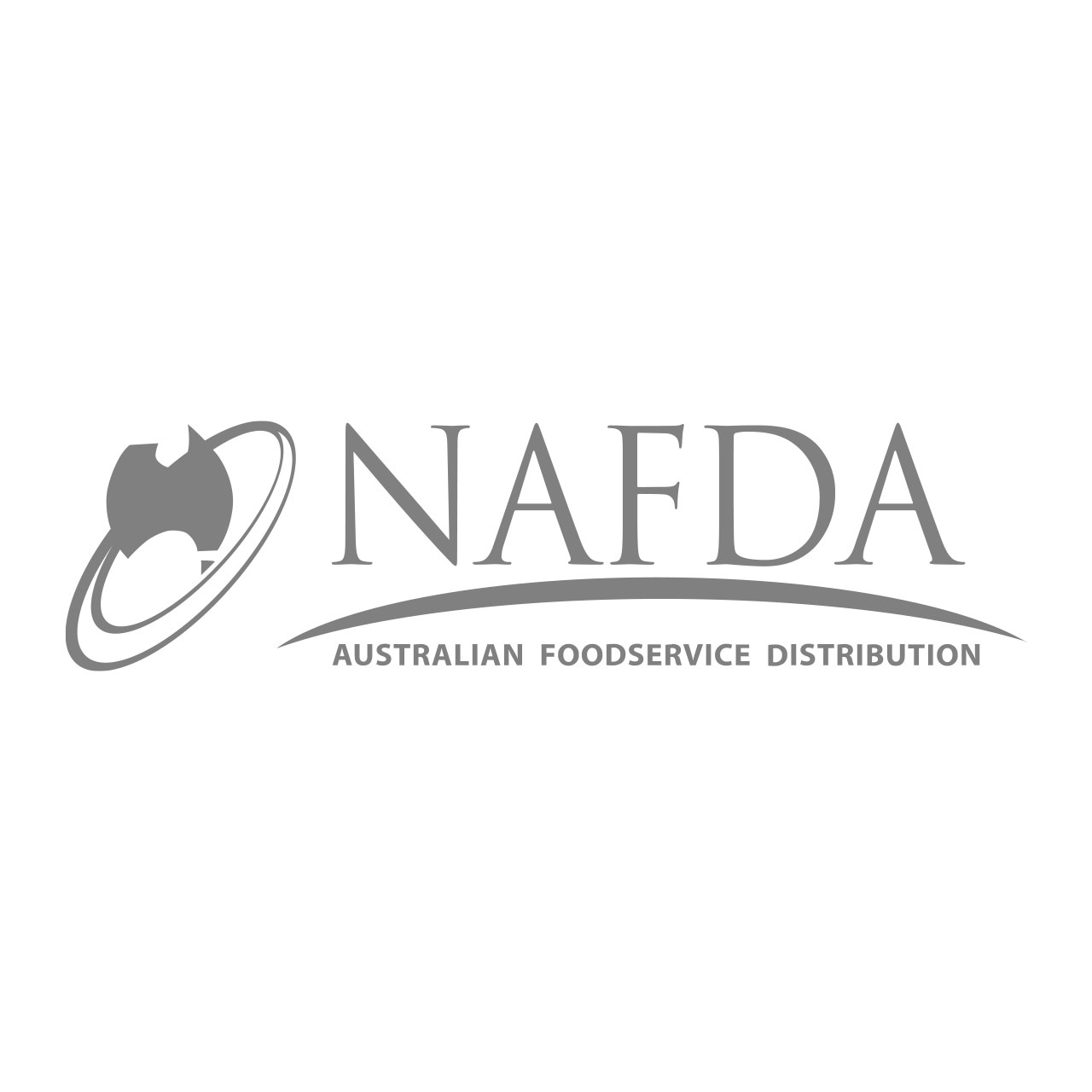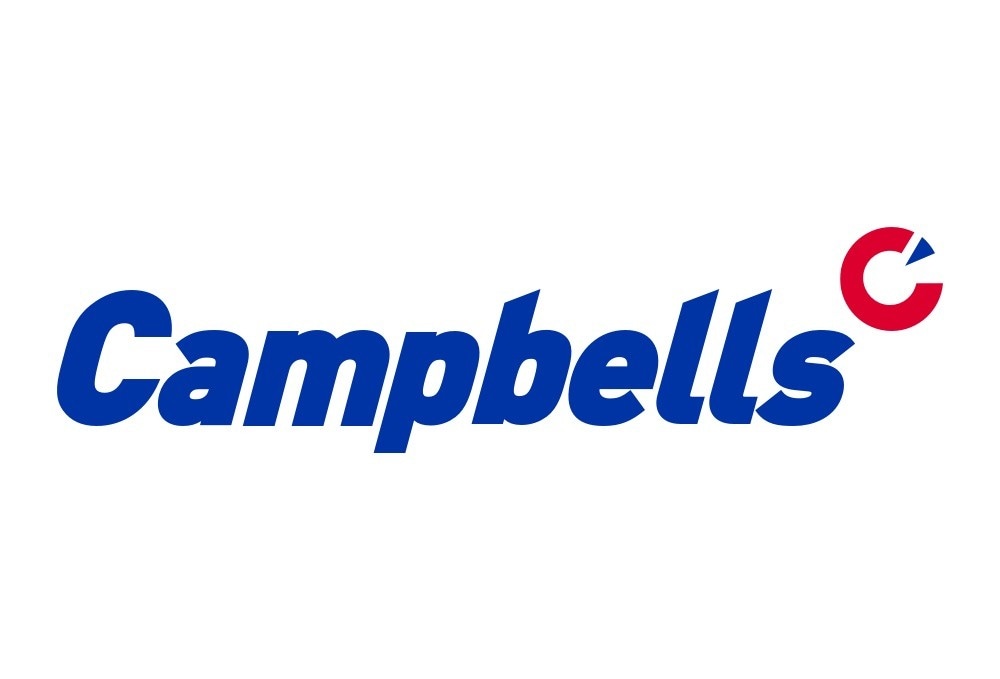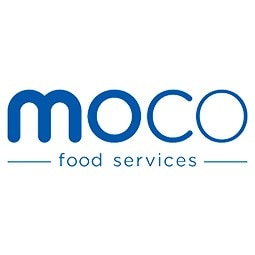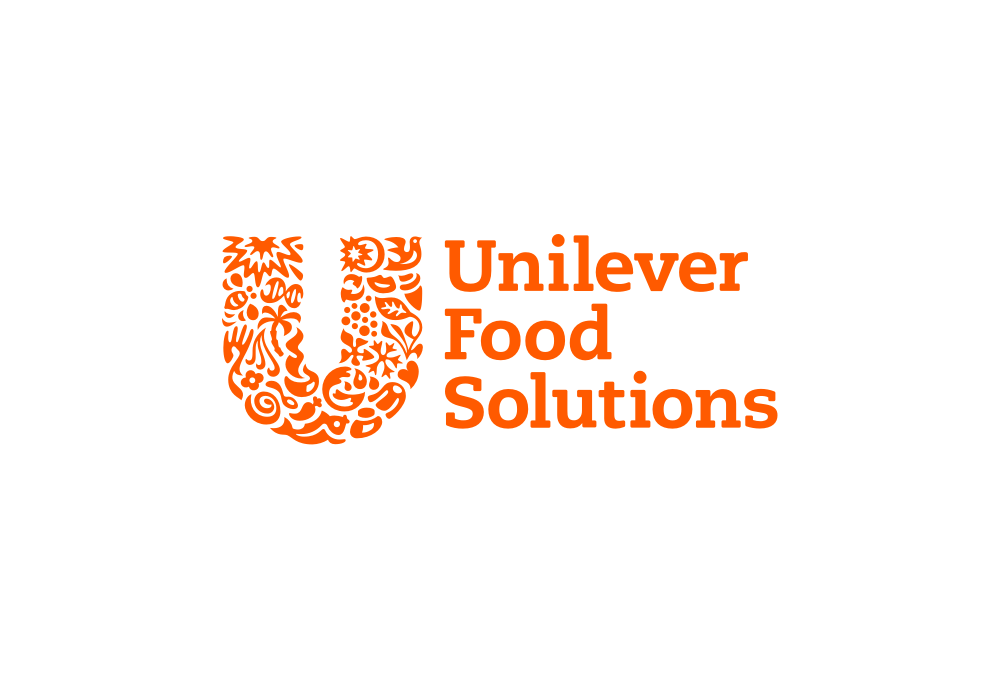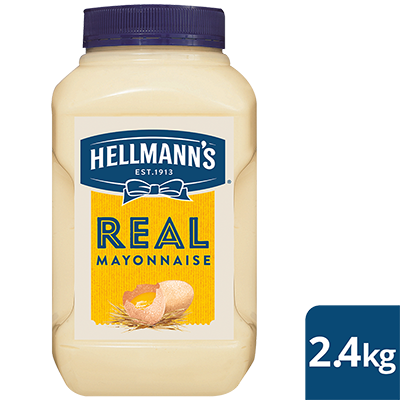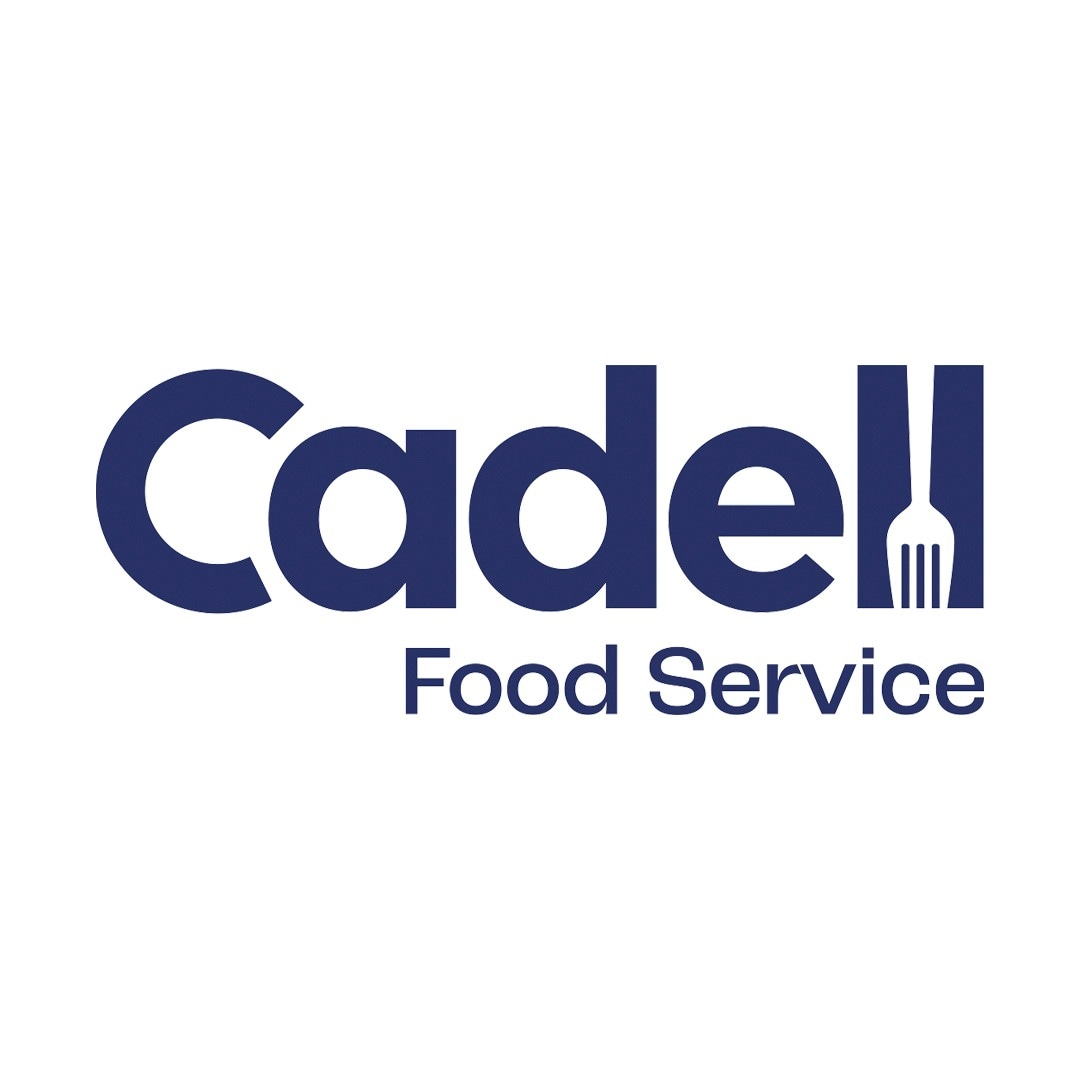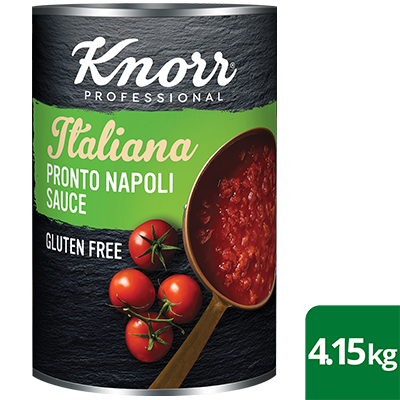Products and services
Created by chefs for chefs
Top Recipes
-
Rolled Turkey Breast with Cranberry Stuffing -
Stuffed Veggies Roast -
Garlic and Herb Crusted Christmas Ham -
Charred Prawn Skewers with Lime Aioli -
Salmon Sides with Salsa Verde -
Chestnut and Leek Stuffed Chicken Supreme -
Crown Roast of Pork with Apple Cider Gravy -
Roast Lamb with Pomegranate Glaze, Cannellini and Spinach Salad -
Streaky Bacon and Cranberry Sauce -
Maple Bourbon Gravy -
Tarragon, Mustard and Mushroom Gravy -
Port and Cherry Jus -
Beetroot and Tomato Gravy -
Pomegranate Glaze -
Golden Ale, Honey, and Citrus Glaze -
Marmalade and Whisky Glaze -
Raspberry and Balsamic Glaze -
Sticky Asian Glaze -
Roasted Beef Sirloin, Cucumber Kimchi -
Rostbiff, Hasselback Potatoes, Sticky Balsamic Gravy -
Tartare Sauce with Anchovy and Jalapeños -
Bang Bang Sauce -
Yuzu Koshō Cream Sauce -
Green Goddess Béarnaise -
Marie Rose Sauce -
Avocado and Beetroot Hollandaise Benny -
Lobster Eggs Benedict -
Turkey and Pomegranate Eggs Benedict -
Eggs Benedict with Rosti, Hot Smoked Salmon and Saffron Hollandaise -
Pastrami Eggs Benedict -
Fig Jam and Turkey Sandwich -
Cubano Sandwich -
Veggie Sandwich -
Sweet Chili Mayo and Dill Shrimp Roll
Related Products
Log in or Create an account to access:
- Get access to this content
- Discover the latest culinary trends
- Explore and save your favourite recipes
- Watch free video training courses for chefs
Already have an account?
Log in here
